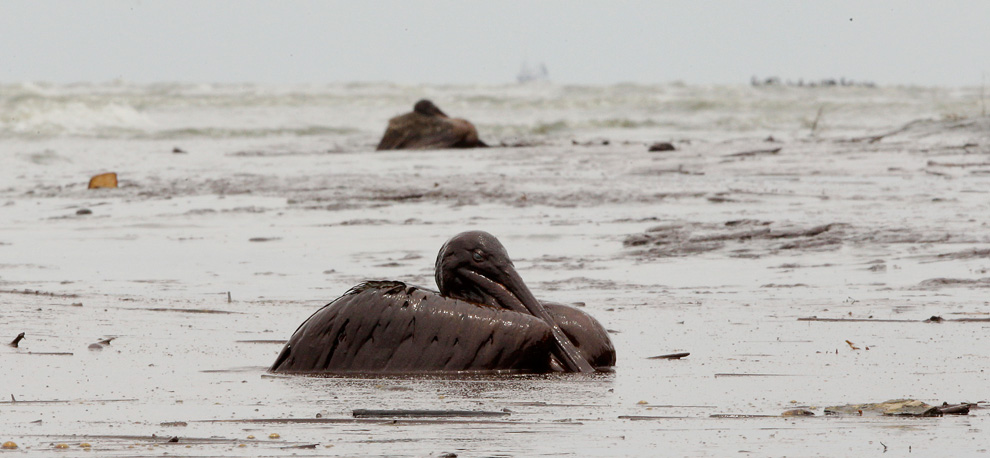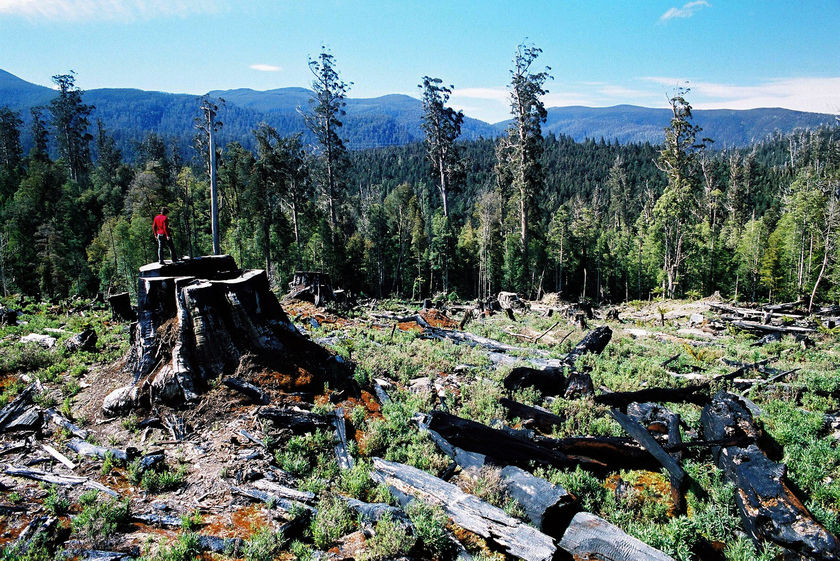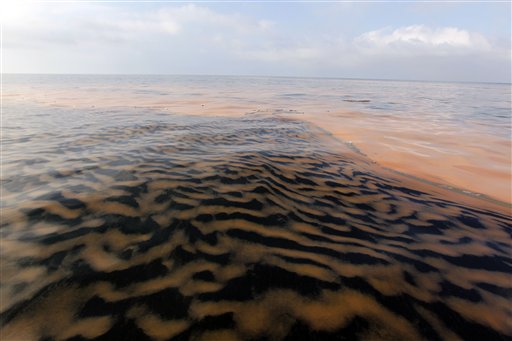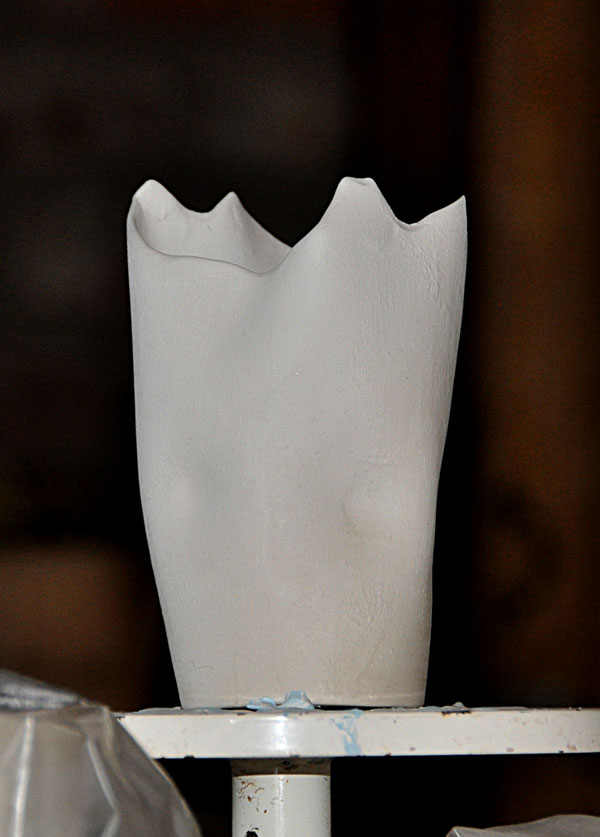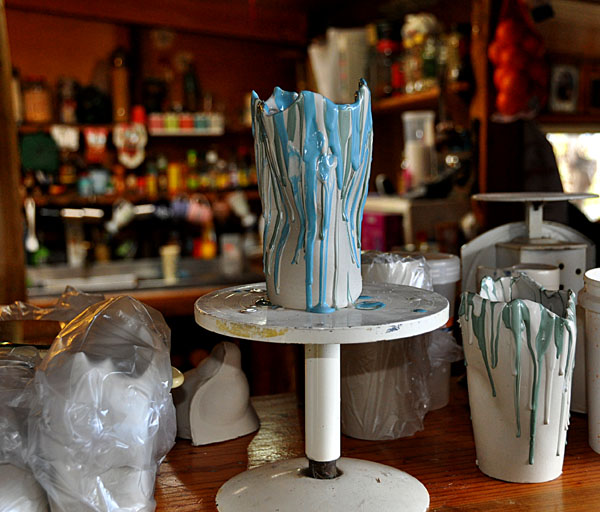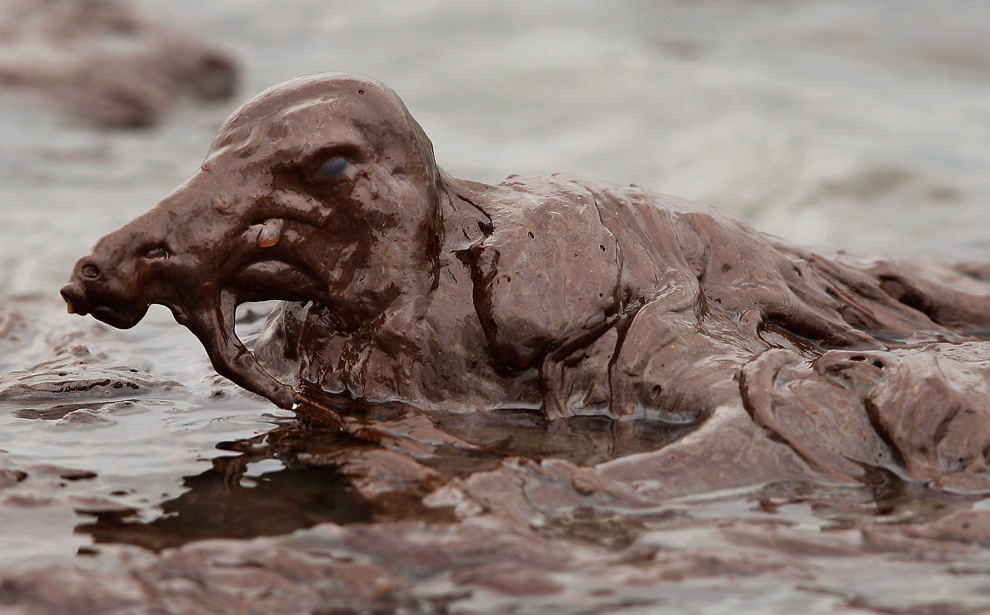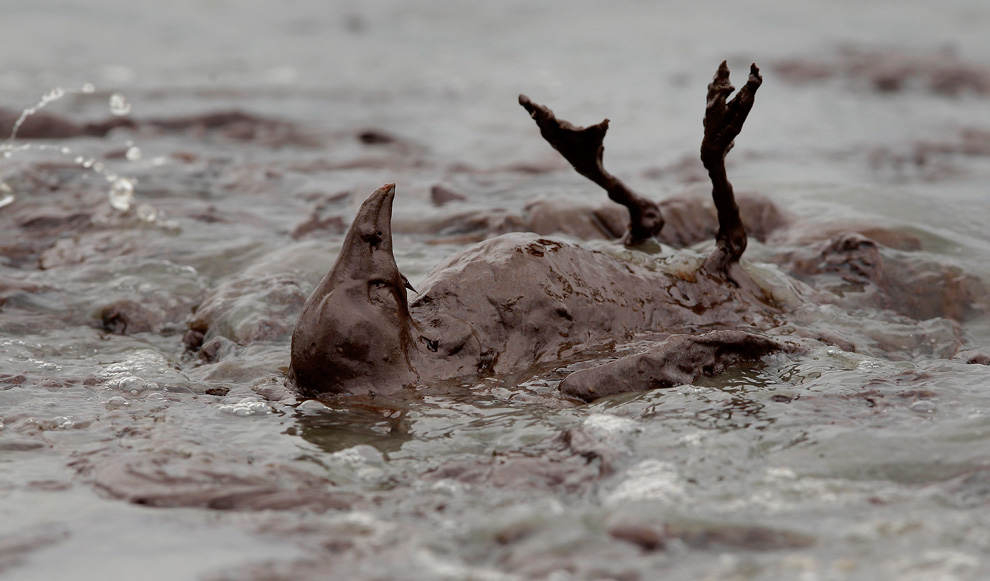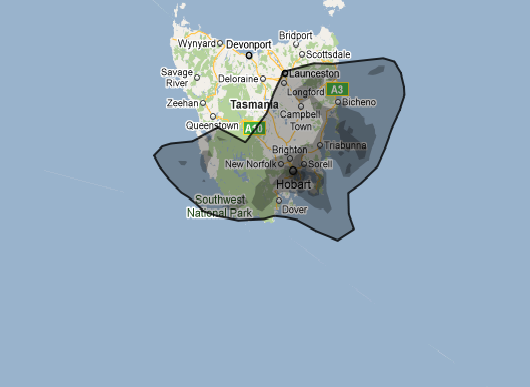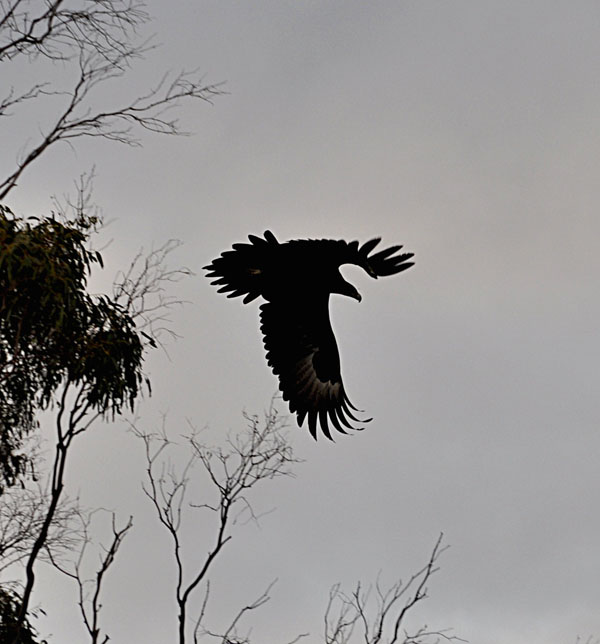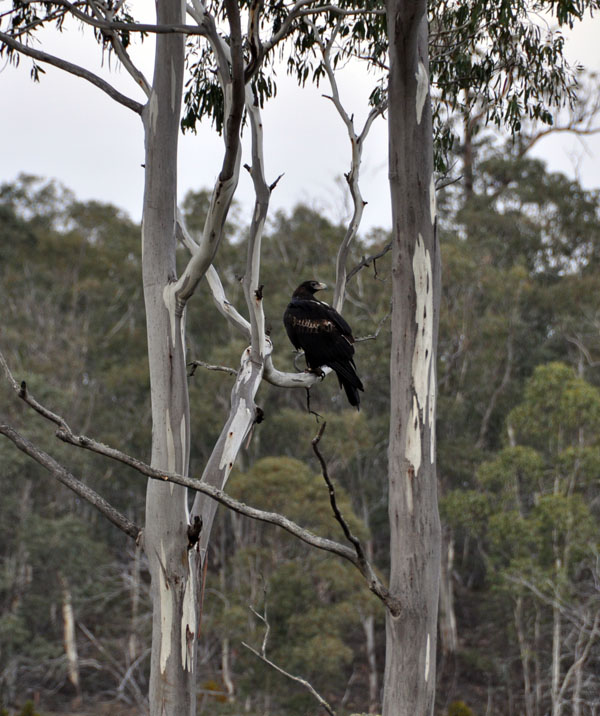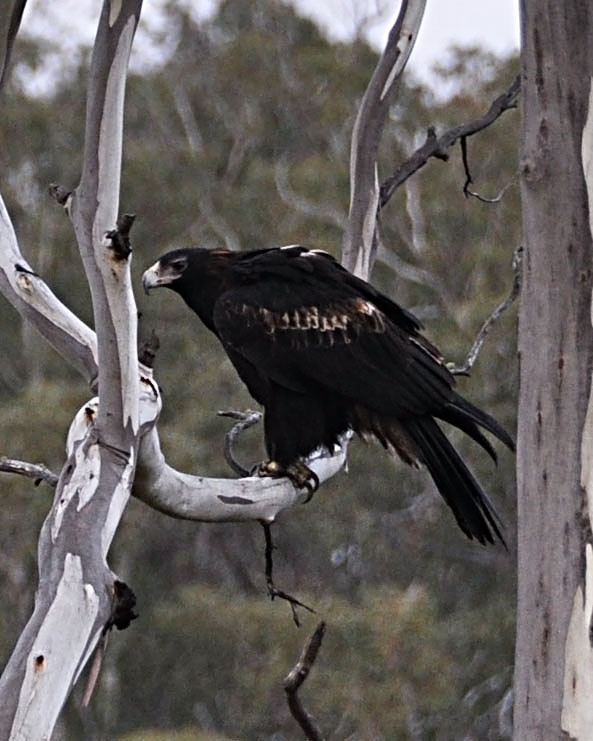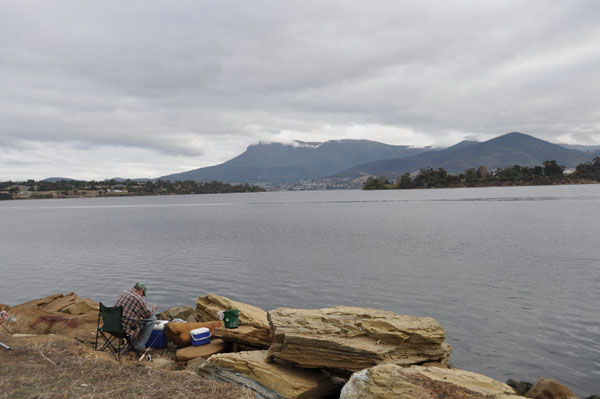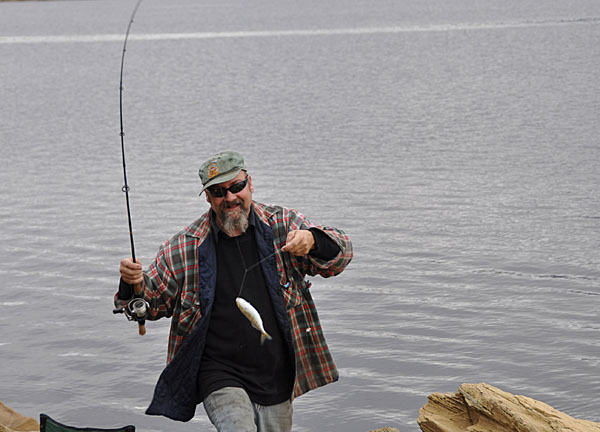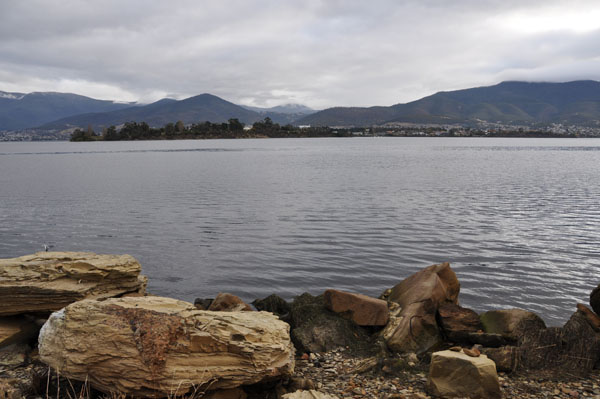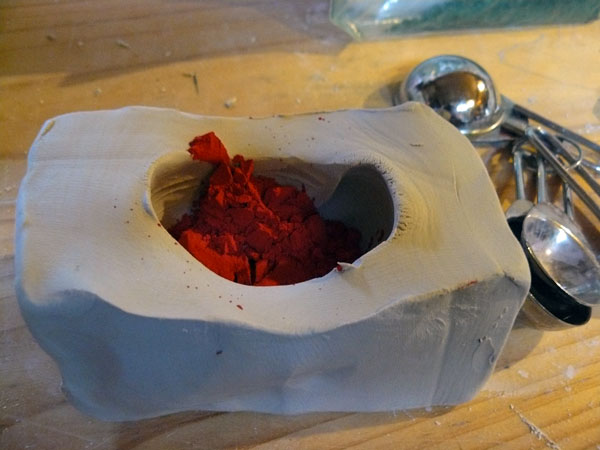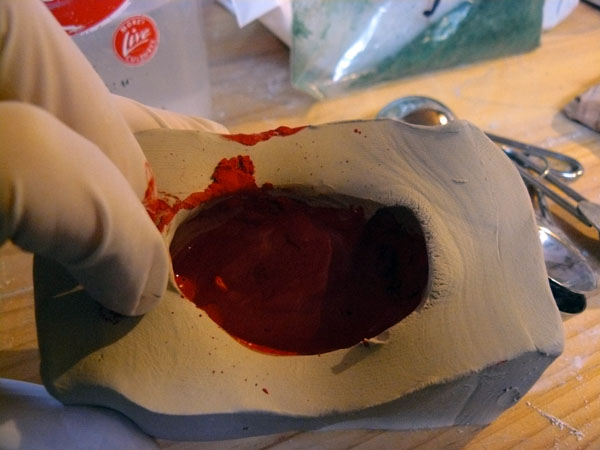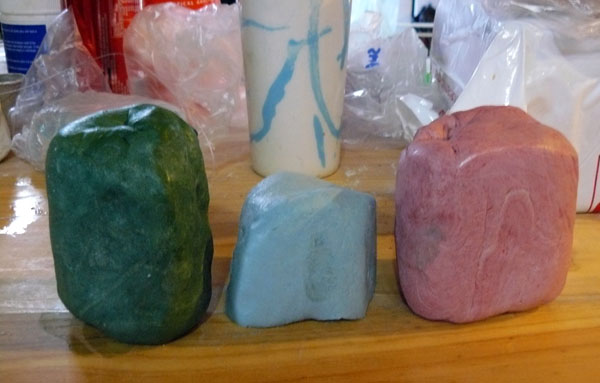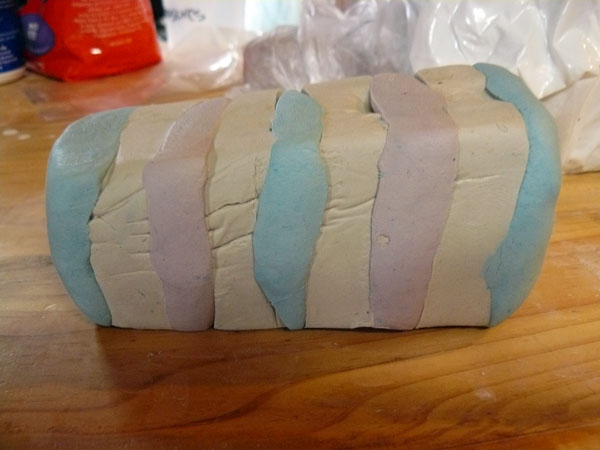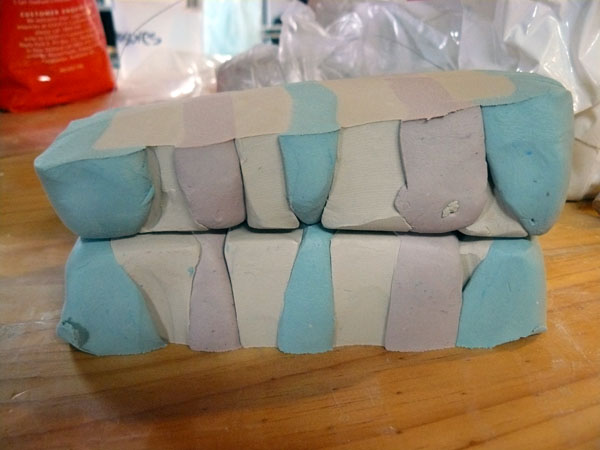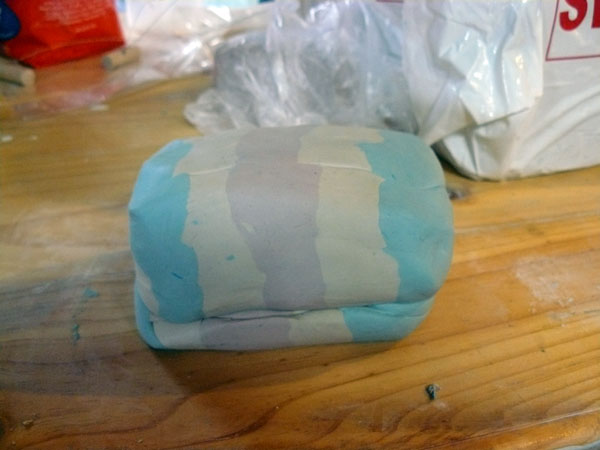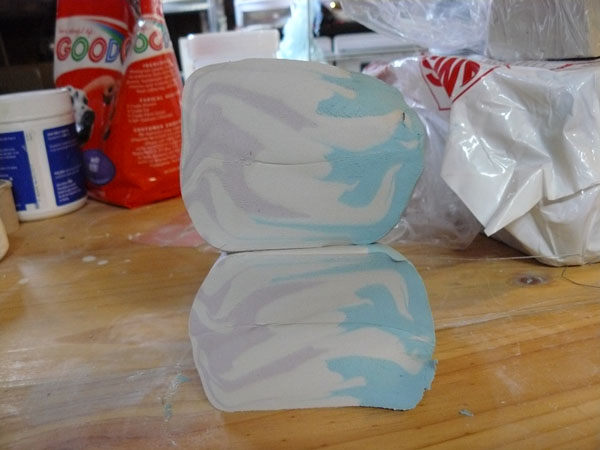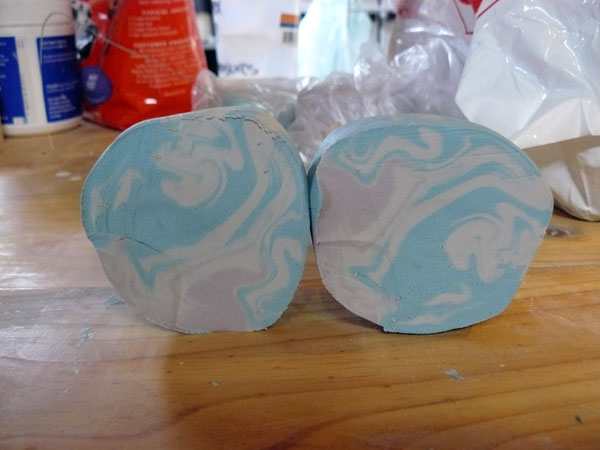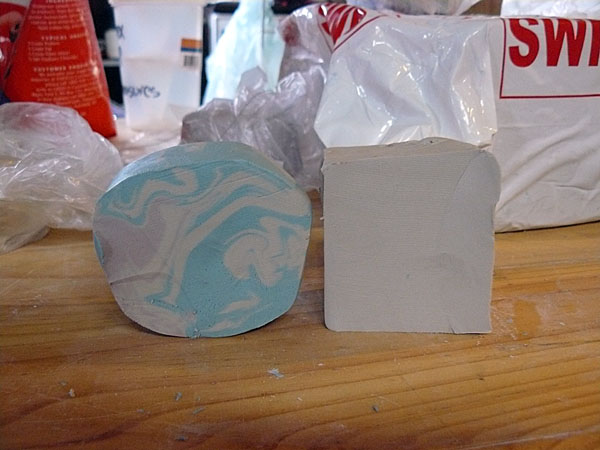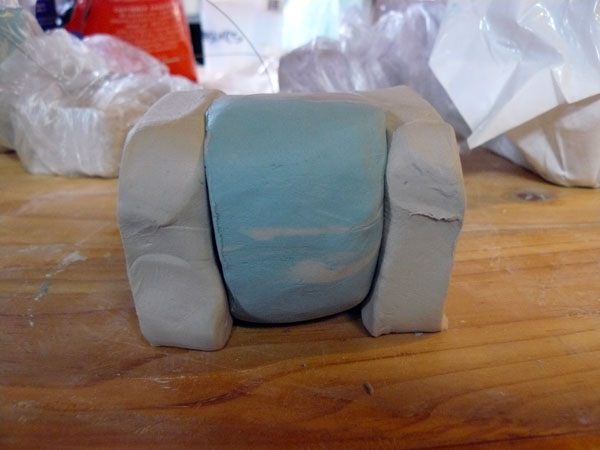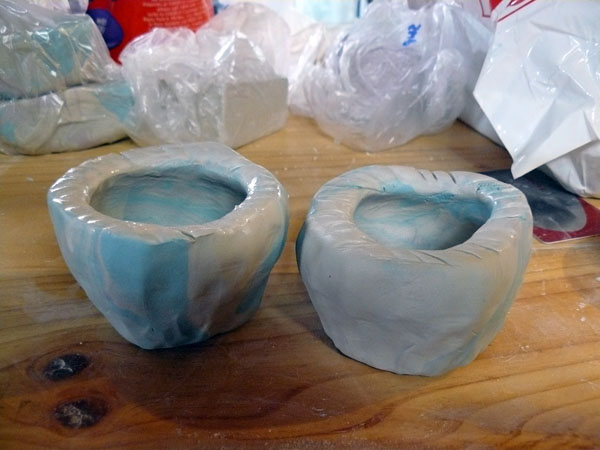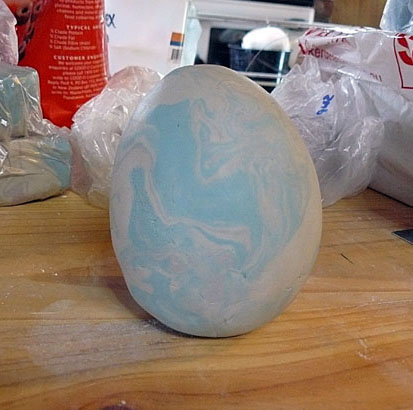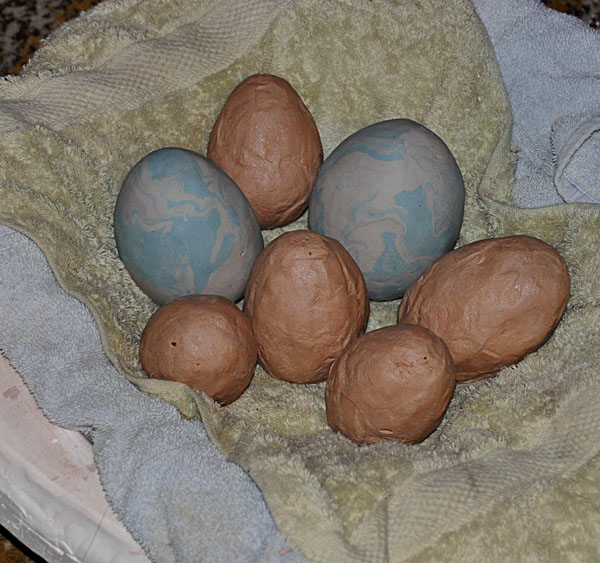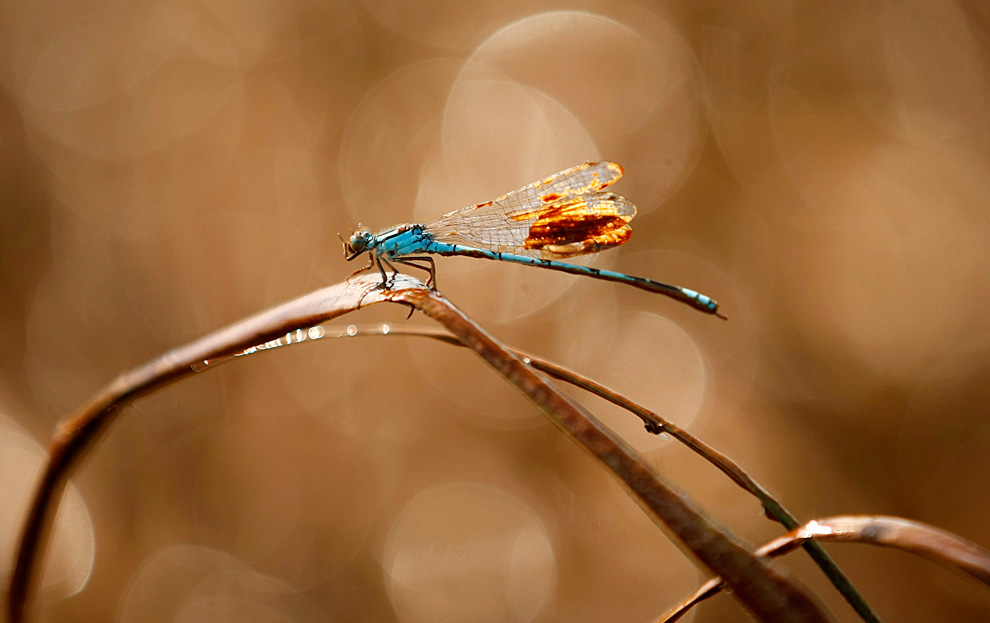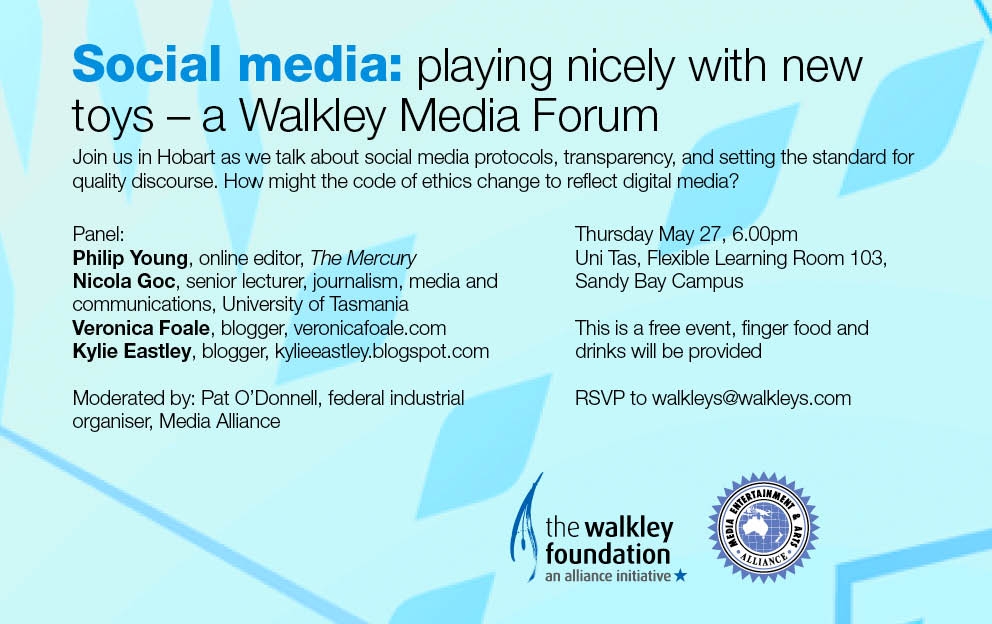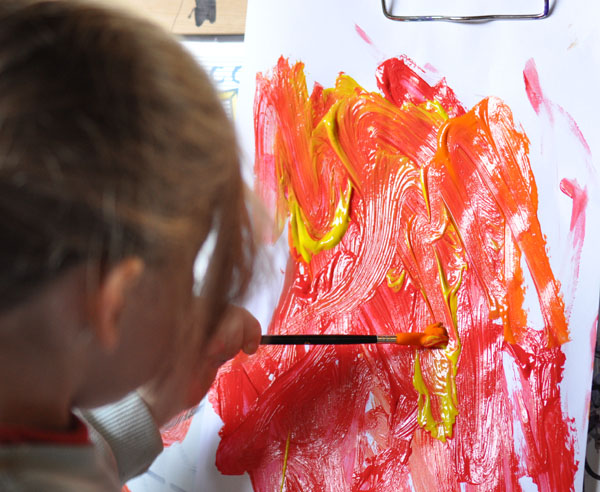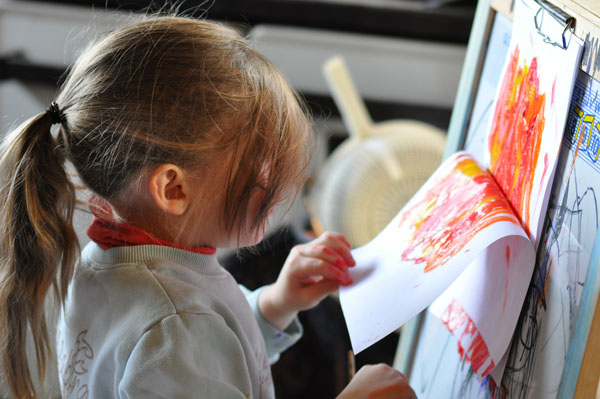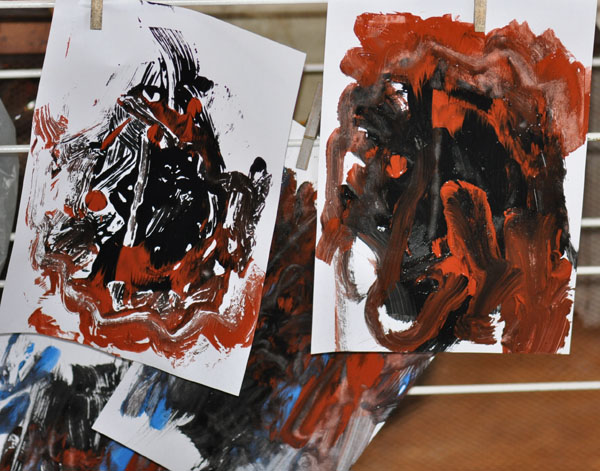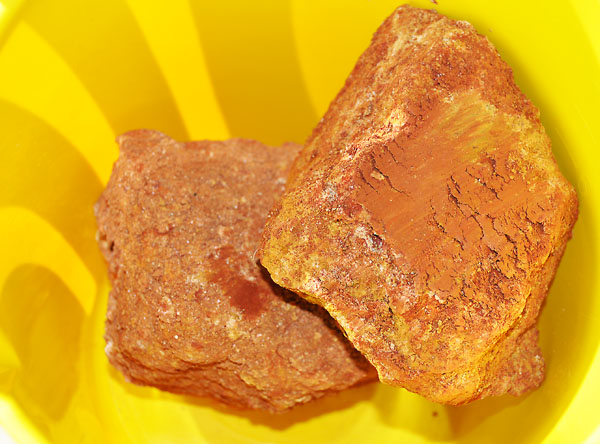I am a regular reader of the Tasmanian Times and this article struck a chord with me. The writer Peter Henning has articulated what I have been unable to say myself.
Now that the Tasmanian election is done and dusted, and the show-bag tinsel of non-core promises (in the Tasmanian context all promises are non-core) are being processed for deep storage or are being changed beyond recognition, it’s back to business as usual.
Business as usual in Tasmania is defined by giving absolute priority, above and beyond everything else, to the interests of corporatised industrial forestry. Jobs can disappear in any other sector of the Tasmanian economy in their hundreds, whether it be in agriculture and food processing, or elsewhere in the primary sector, like mining, or in manufacturing everything from ships and vehicle bearings to footwear, without too much real concern and interest, but when it comes to industrial forestry that is something entirely different.
The irony, of course, as has been carefully explained by Max Bound and Tom Ellison, among others, is that there has been a steady loss of jobs in the forestry sector for at least a generation, at the same time that there has been an exponential increase in logging under the clear-felling regime, as well as an extensive expansion of the single-species plantation estate for woodchips.
Now, “suddenly” (to stretch the meaning of the word beyond any credibility at all), in the immediate aftermath of the election, we are told that something is more than seriously askew about business as usual. There is a “crisis” in the bush, which “nobody saw coming”, as the hilariously jocular Jeremy Rockcliff described it. Where’s he been? So behold, all the cloud cuckoos are now screeching in unison that a crisis has “suddenly” occurred, and that business ain’t business as normal any more.
It might be back to business as usual on the floor of the new Tasmanian Parliament, resplendent in the same cultural rags of bile, invective, strutting arrogance and self-righteousness – as exemplified in the first week of May on one side by the baiting triumphalism of the Labor and Green politicians, and on the other by the high moral dudgeon of the Liberals.
And it’s certainly back to business as usual with the broken promises (some of them very hard core) which brokered the creation of the new-look Labor-Green administration, which has kept David Bartlett in the Premier’s office despite a swing of 12% against Labor, and a primary vote of just 37%. Nor is there anything askew about the blatant dishonesty of the election campaign – that’s merely been confirmed as appropriate and proper.
But if there is one thing that is now as quintessentially Tasmanian as political dishonesty (after all, it is seen as a clever tactical virtue, deserving of praise and reward), or as distinctively Tasmanian as decimating its native fauna as vermin until species are wiped out or endangered, it is clear-felling native forest (old growth or otherwise) as fast as possible, at any and every opportunity, just to get rid of it, whether it is profitable to do so or not.
The world is surely tilting on an abnormal axis if the major water catchments throughout the State aren’t being stripped bare of their vegetation as rapidly as past experience has shown to be possible. The emerging “crisis” has slowed the exposure of the bare ground, hectare upon hectare, in the headlands of rivers and streams wherever roads extend, keeping bulldozers idle and monster trucking rigs without loads for the chipping mills. Things aren’t normal unless hundreds of tonnes of stumps and trees unsuitable for chipping are being windrowed and heaped for fire-bombing in next year’s autumn “regeneration burns”.
There is something really askew with the sudden halt to the establishment of single species tree plantations on well-watered agricultural land, especially alongside major waterways, in valleys and fertile soils, extending across thousands of hectares of public and private land. Especially plantations that have only one value, as fibre for pulp.
As sure as night follows day, the name of the game in David Bartlett’s plan for “forestry restructure” – a misnomer for how to re-badge woodchips, as one might Easter Island rock statues, into things of “new” value – is about getting things back to normal. That means, in a nutshell, knocking down the obstacles to woodchipping for pulp. The most important obstacle in this scenario, in the view of the main players in industrial forestry, is satisfying the market demand for FSC accredited wood fibre.
Until now, the focus of the Tasmanian industry, as it has always been since FSC accreditation became the international benchmark for industry best-practice in 1993 (whatever its flaws) was how to avoid it. That is no longer possible. The problem for the industry is that FSC accreditation requires both an environmental licence and a social licence, as well as an industrial licence.
This issue needs a bit of background.
There was a time, in the good ol’ days, when a two-hour protest by anti-logging activists in an old-growth coupe or inside one of Gunns’ chipping mills (Triabunna comes to mind) would produce a traffic jam of log trucks stretching for several kilometers, accompanied by banner headlines in the local dailies about chipping delays costing Gunns and contractors millions of dollars in lost revenue.
But the problems in the Tasmanian industry were apparent well before the arrival of protesters in the Weld Valley or on the site of Gunns’ mill at Triabunna. They were apparent well before the implosion of Timbercorp and Great Southern, and more recently, the collapse of Forest Enterprises Australia. They were apparent well before Gunns began sacking workers in rolling closures over several years in its operations in several Australian States and in New Zealand, but especially in north east Tasmania. They were apparent well before the final closure of the Burnie paper mill this year and the enforced shut downs of Gunns’ chipping mills at Triabunna, Bell Bay and Burnie for weeks at a time. These are not just the daily stoppages caused at odd times by protests in the bush or at mill sites, which inflamed the whole industry, the media and two main political parties.
The problems have been exemplified in the systemic bottomless pit of government intervention. It is now 20 years since the Field government wrote off over $270 million of industry debt, and the pattern has been repeated again and again. But still the mantra continues, as governments come and go, of building a “jobs rich” industry, as it has for years and years. And still the mantra continues of the need to pour more millions into a black hole until “the wheel turns”.
But the wheel fell off years ago. The problems within the Tasmanian forestry industry are essentially, and most centrally, rooted in over-extension, fuelled by decades of subsidy and untold millions of dollars in handouts, and greed. That in turn has a cultural foundation.
Antipathy to the Tasmanian bush, to its very nature, to its vegetation and to its wildlife, cannot be underestimated when trying to understand how the forestry industry operates in Tasmania. Tasmanians are alienated from their physical environment, perhaps more so now than at any other time since the British invasion at the beginning of the 19th century. The notorious statement by former Tasmanian Premier Robin Gray that the Tasmanian Franklin River was a “leech ridden ditch”, exemplifies this very well.
It is in this context of fundamental dissociation, of detachment and separation from the land – no, from the reality of the place we live, and the necessary reciprocal relationships we should have with it for its health and our continued health and existence – that the spiral of dysfunction and malfunction within the free-for-all quarry of Tasmanian native forests and their well-sprayed, water-sucking, wheezing, neat-rowed, spindle-legged replacements began taking form and shape as a diabolical disaster set to infect Tasmania’s future.
It is only within a warped mentality of almost visceral contempt and scorn for Tasmania’s natural environment that a vision of the place as “plantation isle”, with one of the world’s largest pulp mills sitting in the Tamar Valley, and a doubling of woodchip production from c. 3.5 million tonnes to 7 million tonnes per annum, could actually occur. This Ozymandias-type mindset of seeing nothing beyond power and profit for a few through whole-scale transformation of land and water usage, is so blatant and obvious that it prompts the question as to how it could take place at all in an Australian State.
The drive for transformation and power relegated the normal processes of governance, involving the application of proper standards of analysis, to the shredder.
The first step in this direction was State legislation which exempted the forestry industry from a raft of land use and environmental controls which applied to everyone else. This legislation also effectively exempted forestry operations from international standards set in the 1990s under the FSC certification processes, and Commonwealth standards which apply in the jurisdiction of the federal EPBC Act. The highly contentious Pulp Mill Assessment Act of 2007 is the culmination of a jigsaw of laws which have provided the rotten base for the crisis which now exists.
Internally there are other things, particularly subsidies, as already noted, which protect forestry from self-analysis and reform. Most outrageous of these is the set of arrangements between Forestry Tasmania and Gunns, the publicly-known component being the 20-year wood supply agreement for access to native forests, which sees Tasmanian taxpayers subsidizing FT losses. How much public money has been squandered in this way is worthy of investigation. There are other subsidies as well, especially in provision of cheap water and transport infrastructure, but the lack of transparency in the affairs of Forestry Tasmania is scandalous, as has been clearly demonstrated in fine detail by John Lawrence.
Externally, the story is one of ignoring changing realities as if they don’t exist or can be willed away with a magic wand. The rapidly changing world of information technology is not going to disappear in a clear-fell sterilization burn.
According to a report earlier this year by RISI, a leading forecaster and analyst on global forest products, in the ten years since the peak of newsprint demand in the US in 1999, there has been a 57% decline. “In Western Europe… we estimate that newsprint demand in 2010 will be 24% below the peak year of 2000.” The decline is also occurring in photocopying-stationery-printing paper. “Uncoated woodfree demand in North America has fallen 33% since 1999.” This pattern will not be confined to North America and Europe, but will occur everywhere, and accelerate.
According to RISI, if current trends continue, driven by the information technology revolution, “demand should decrease by 50-75% in the first 10 years after the peak year and by 75-98% in 15 years. That would mean that demand for uncoated woodfree in Western Europe would be only 2.3-4.7 million tonnes by 2014 (from a current estimate of 7.1 million tonnes) and only 187, 000 tonnes to 2.3 million tonnes by 2019. Coated mechanical paper demand should drop to 144,000 tonnes to 1.8 million tonnes by 2022.”
Tasmanian economist Greg Suitor sums up the situation succinctly: “Paper pulp is definitely going to be a victim of the information revolution and any trees grown specifically for pulp will not have much use except as firewood. The woodchip industry is in for a lean time, to put it as optimistically as I can. I have no explanation for why our planners can’t see this, except that they are stupid.”
Just to drive this point home, the technology editor of The Age, Gordon Farrer, wrote last week that “the international launch of the iPad is the latest manoeuvre in a battle between two behemoths of the digital age… that will shape how we consume and share all digital content, from films, books, music and personal blogs, to family photo albums, newpapers and magazines… The monopoly of the printing presses and the media barons who own them has broken down”. (Read for yourself Farrer’s article, Business Day, The Age, May 11, 2010).
All other external realities, such as competition, the tyranny of distance, climate change, fuel costs, and not least, increasing market concern for environmentally sustainable wood products, means that industrial forestry, as it is practiced in Tasmania, based overwhelmingly on woodchipping for pulp, has no sustainable future, and is doomed to failure. The writing has been on the wall for a very long time, and no amount of round-table Camelot beating of breasts is going to find a solution to the hundreds of thousands of useless nitens plantations littering the Tasmanian landscape.
Like the Easter Island statues, Tasmania’s single species nitens plantations are just another exemplary testimonial to human folly.
Tasmania used to be called the “apple isle”, and some people still refer to it that way. The Tasmanian apple industry refused to see that changes in the outside world would close their main market. The industry never recovered.
It is easy to compare what happened to apples to what is happening now in forestry. But there is an important difference. That section of the Tasmanian forestry industry as it is currently managed and operates, clear-felling for woodchips, which represents over 80% of the timber harvested, needs to fail if Tasmania is to have a future.
If the solution to the present crisis is seen as reversing the stalled plantation estate, by consolidation and reaffirmation of Tasmania as “plantation isle”, rather than by dismantling it, then Tasmania’s future will be tragic indeed. It will entail the squandering of public funds in ever-increasing subsidies for a less and less valuable commodity, and the ongoing destruction of water catchments and pollution of essential water supplies, and the continued spread of single species tree plantations across vast areas of land.
But it is clear already that that is the purpose of Bartlett’s strategy to create a Camelot group-think pep squad to get FSC accreditation for Gunns to get things moving again towards the John Gay dream of a Tamar Valley pulp mill.
Which brings us back to the nasty issue of a “social licence”. From the week beginning May 11, 2010, Bartlett and forestry industry stakeholders have all been singing from the same hymn sheet, stressing three things. First, “social licence” has become the new buzz-phrase, the mandate, if you like, in the arbitration for “restructure” – which is just a weasel word for business as usual.
Second, a key assumption is being propagated by all key stakeholders in the status quo of past practice, and that is that environmentalists are “to blame” for the need to adopt FSC accreditation. In other words, FSC accreditation is seen as a nuisance by the industry, because it imposes higher standards of forest management than exist under current practices. On May 11, 2010, Timber Communities Australia spokesman Barry Chipman said that “the likes of the Greens and the Wilderness Society are reaping what they have sown”, which is tantamount to admitting that the industry gives lip-service to the notion of currently recognized best practice in the global market-place, but without actually practicing it. Bartlett has reiterated exactly the same sentiment several times in the past week.
Which leads straight to the third emphasis, a plan and a propaganda campaign to ensure that the “social licence” necessary for FSC accreditation becomes locked up as a rubber-stamp adjunct to decisions already made, or which can be relied on, to serve the interests of the indefinite continuation of business as usual.
Here’s a good example of what is happening in relation to “social licence”. The comment by Tasmanian radio talk-back host Tim Cox (Monday, May 17, 2010) that it would be “a bridge too far” for the inclusion of anti-corruption watch-dog Greens MHA Kim Booth on the Bartlett-sponsored “forestry restructure” Camelot group, is indicative of the manipulative processes at work to exclude all but conformist views, especially in determining who has a voice in the “social chamber” to get woodchip operations (and hopefully the pulp mill as well) up and running via FSC accreditation.
Cox’s comment, whether it is his considered opinion or not, is in tune with a concerted effort to ensure that the “social licence” needed for FSC accreditation can be achieved without proper community (ie social) consultation, but can be controlled. The most obvious way to do this is to try and conflate the “environment licence” with the “social licence”, in a way which wedges those interests against each other. For example, Geoffrey Cousins’ view that it would be acceptable for the pulp mill to be built in the Tamar Valley if FSC conditions were met by industrial forestry, is a case in point where the interests of industrial forestry in maintaining and strengthening the status quo could be achieved by having the “environmental-social licences” put together and identified as one and the same.
This is the strategy of the Bartlett-industry collaboration. Tactically, the Wilderness Society, which will be clamouring to be the key voice for the “environmental licence”, will be placed in a dilemma of its own making, for it has already locked itself into a trade-off, whereby it will agree to the continuation of large scale plantation agriculture in return for the industry exiting old-growth and native forests. This bind is complicated by the fact that TWS is actively supporting the industry transition to FSC accreditation on the basis of the status quo, including “not opposing” the building of a pulp mill in Tasmania outside the Tamar Valley, a truly surreal situation, which leaves them in danger of being accused of betraying the true intent of the FSC “social licence”. That dilemma has been severely aggravated for them by the findings of Drs Bleaney and Scammell about toxicity in water supplies downstream from monocultural nitens plantations in water catchments on the east coast of Tasmania.
TWS have been questioned often enough by analysts such as Mike Bolan and others on these matters, and should understand as well as anyone the perils of condemning Tasmania to a future of “plantation isle”. At this point in time, if they betray the requirements of a “social licence” by allowing themselves to be wedged into unprincipled decisions, they will find it difficult to face the consequences, to put it mildly. The same applies to other environmentalists who seek to trade off gains to meet their own agendas against the general community interest.
There is one other consideration which looms large in the current strategy articulated jointly by Bartlett and industry spokesmen. That consideration is “time” for the world to return to normal, as it has been in the past and always promises to be in the future, as if wishing the world was flat would make it so. So we hear, ad nauseum, the same old pleas for more subsidies until the world shrugs off the mirage of the information revolution, which is bound to implode upon itself, and result in a bountiful wonderland of renewed demand for paper, paper and yet more paper. Forget the digital revolution, forget the on-coming iPad technology, forget the fact that India and China will adopt these technologies more quickly than you can plant a useless nitens hybrid in Tasmania for harvest in 2030.
So Bartlett and Chipman and FT and the CMFEU and the weird collection of forestry industry organizations representing “business units”, who all voted en masse for Howard in 2004, are looking for handouts to bide them over until the good ol’ times roll round again. Six years ago a “bushie” I knew looked at the standing timber on a neighbouring property and remarked that it should all be woodchipped “before the bottom really fell out of the market”. That says it all, for me, about the rotten culture in the Tasmanian forestry industry, about the contempt for the environment, about the willingness to trash, and about the lies we are now hearing of the “sudden” crisis in the industry.
Both the Bartlett government and the Liberal opposition continue to give their unequivocal support for Gunns aka Southern Cross to “get on with it” and build the $2.5 billion pulp mill. So let us be aware that the current strategy of the main-stream political parties and the forestry industry is for a return to business as usual.
That’s the context for Bartlett’s roundtable. It is totally the wrong context for meaningful reform. It is totally the wrong context for reforms that are essential.
The real business of the roundtable should not be in providing “time” for the old world, pre-1990s, to rise from the dead. It is now time for something else entirely. It is time that the forestry industry was shorn of its special legislative protections. It is time that the forestry industry was open to public scrutiny, by lifting the veil of secrecy and deceit that cloaks FT activities. It is time that the forestry industry took its place as just another sector within the Tasmanian economy and polity, rather than an industry with special privileges and such extensive control of land and water resources.
It is time to scrap the woodchipping industry, and to focus on the real value-adding sectors which do have a future in a rapidly changing world, which would entail “restructuring” to accommodate about 16-20% of the current bulk harvesting operations and the elimination of clear-felling and the establishment of single-species plantations. It is long past time that an “environmental licence” and a “social licence” be implemented in the forestry industry, but not by stacking those chambers with industry interests or by trying to conflate the two chambers as one. There are serious doubts that FSC accreditation of the Tasmanian industry will actually deliver an uncorrupted “social licence” anyway, as Brenda Rosser has strongly argued.
In the final analysis, there are no positive signs that Bartlett’s roundtable will contain the right people to dispassionately analyse the internal and external problems, or to have the courage and the will to bite the bullet on any of these issues. To the contrary. That being the case, at some point in time external factors will, in the end, impose and dictate the decisions, but without participating in any process of discussion. And, of course, by then there will be much more social, ecological and economic wreckage, and the scars and divisions will be greater than they are now.
This epitomizes what is so sad and so pathetically tragic about the nature of Tasmania’s future under such leadership. These people have modeled their view of Tasmania and the wider world on their own ignorance, in order that their ignorance appears as a virtue and not a disadvantage in maintaining business as usual.
There is something seriously askew in Tasmania, and business as normal ain’t the answer. But unfortunately, shifts in cultural mindsets don’t grow on trees, especially in Tasmania.
Copied with permission from the Tasmanian Times. You can see the original article here.

